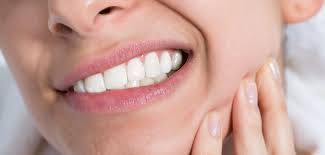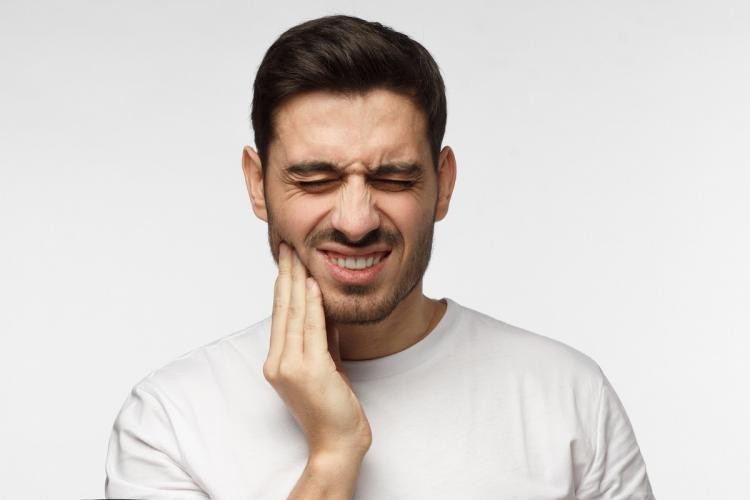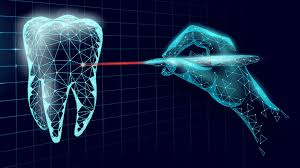Bruxism, or teeth grinding, can cause significant damage to tooth structure over time. Patients who suffer from bruxism often develop cracks and fractures that compromise both aesthetics and function. Fortunately, bruxism cracks treatment with overlay restorations provides an effective solution for restoring strength and protecting damaged teeth. This article explores how overlay restorations help repair cracked teeth and improve long-term oral health.
Understanding Bruxism and Its Effects on Teeth
Bruxism is a condition characterized by excessive grinding or clenching, often occurring during sleep. The continuous pressure exerted on teeth can lead to:
- Microfractures and enamel wear
- Increased tooth sensitivity
- Gum recession
- TMJ disorders and jaw pain
When left untreated, bruxism-related cracks may worsen, requiring more invasive procedures such as crowns or extractions. Occlusal restoration with overlay restorations offers a minimally invasive approach to strengthening damaged teeth.
What Are Overlay Restorations?
Overlay restorations are custom-made restorations designed to cover and protect teeth affected by bruxism cracks. Unlike full crowns, overlays preserve as much natural tooth structure as possible while providing durability and function.
Key Benefits of Overlay Restorations:
- Preserve Tooth Structure – Overlays require minimal enamel removal compared to traditional crowns.
- Enhance Occlusal Stability – They help maintain proper bite alignment, reducing excessive pressure on specific teeth.
- Prevent Further Damage – By covering and reinforcing cracked teeth, overlays reduce the risk of fractures.
- Improve Aesthetics – Modern overlays blend seamlessly with natural teeth, restoring a healthy and attractive smile.
How Overlay Restorations Are Used in Bruxism Cracks Treatment
1. Initial Diagnosis and Assessment
A dentist first evaluates the extent of bruxism-related cracks using dental bonding techniques and imaging technology. This step determines whether an overlay restoration is the best option.
2. Tooth Preparation
Minimal enamel reduction is performed to ensure a proper fit. The goal is to retain as much natural tooth structure as possible while making space for the overlay.
3. Impression and Custom Fabrication
A digital scan or traditional impression is taken to design a custom overlay that fits precisely over the affected tooth.
4. Bonding and Final Adjustments
The overlay is bonded using dental bonding materials, ensuring a secure and long-lasting restoration. The dentist makes final occlusal adjustments to prevent excessive stress on the treated tooth.
Alternative Treatments for Bruxism-Related Cracks
While overlays are a preferred occlusal restoration, other treatments may be necessary depending on the severity of the cracks:
- Nightguards: Custom-fitted mouthguards prevent further damage by cushioning teeth from grinding forces.
- Dental Crowns: For severely compromised teeth, crowns provide full coverage protection.
- Orthodontic Adjustments: If misalignment contributes to bruxism, orthodontic solutions may help reduce pressure on teeth.
Bruxism cracks treatment with overlay restorations is a highly effective way to restore damaged teeth while preserving natural enamel. By providing a durable and aesthetic solution, overlays protect teeth from further wear and improve bite stability. If you experience symptoms of bruxism, consult your dentist to explore the best occlusal restoration options for your needs.





